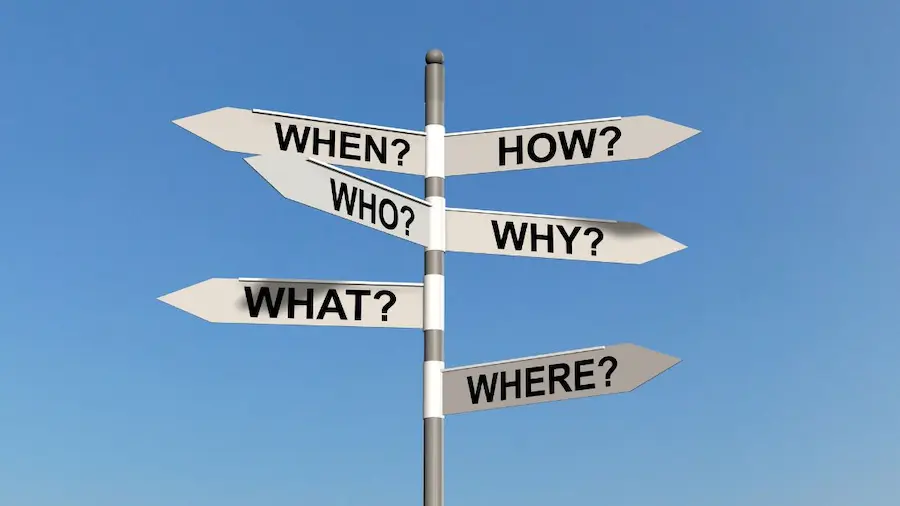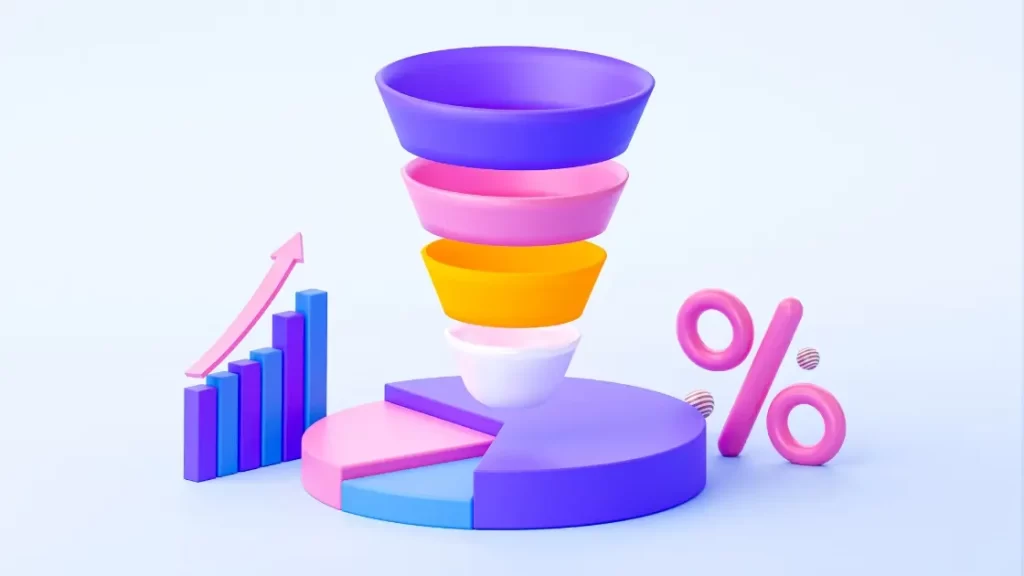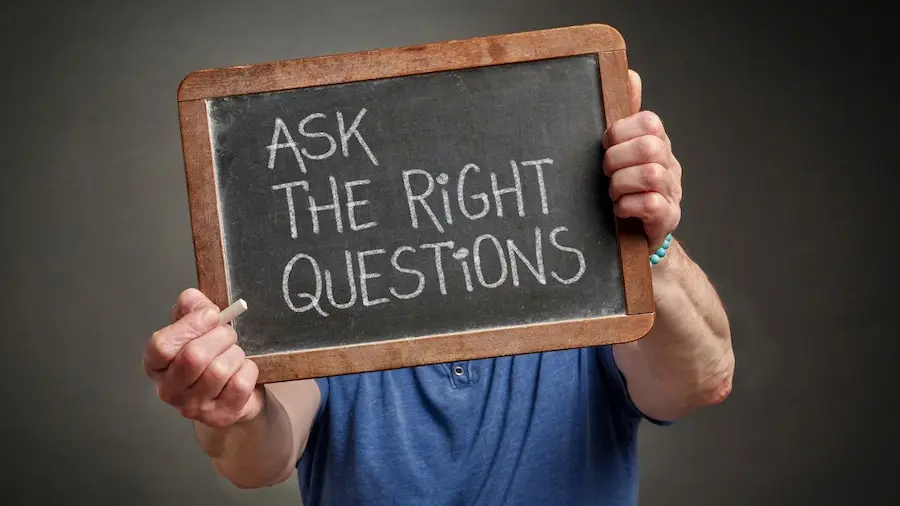The way buyers make decisions has changed, and in 2025, sellers can’t afford to ignore it. The old sales funnels built purely around keywords don’t cut it anymore. What works now is buyer-first content: content that respects the buyer’s journey, addresses pain points at every stage, and puts their questions before the goals of the seller.
This shift isn’t just about marketing—it’s a full sales strategy move that impacts sales reps, B2B sellers, and how businesses create long-term partnerships. Whether it’s building trust on LinkedIn, tackling objections that lead to closing, or creating stories that make the buyer the hero, the companies that put the buyer first are the ones seeing higher conversion rates and stronger sales funnels.
The Old Funnel: When Sellers Came First
Think back a few years. A typical funnel was designed for the seller, not the buyer. Sales and marketing teams would focus on product specs, SEO keywords, and campaigns that looked good as a metric, but failed to actually answer buyer expectations.
B2B buyers would sense friction immediately: landing on keyword-filled pages that avoided real pricing, hid solutions, and made sales conversations feel pitch-heavy. Instead of helping clients, these funnels prioritized the goals of the seller rather than the realities buyers face.
That mismatch is why so many sales professionals lost trust early in the process.
The New Funnel: Buyer-First Content
A buyer-first funnel looks completely different. It prioritizes the buyer’s needs at the center of every sales strategy and conversation. Instead of being controlled by sellers, the funnel is designed so the buyer feels understood at every stage.
Buyer-first content:
- Starts with pain points. Sellers address problems buyers already feel.
- Adds transparency. Pricing, comparisons, and use cases are shared openly.
- Builds trust. Sales reps act as guides, not gatekeepers.
- Works across sales and marketing. Every touchpoint builds on the last.
This is what makes buyer-first sales practical. It’s putting the buyer first, making sure your content is linked to their reality and not just what your product team wants to say.

Elevate Your Digital Presence
Ready to transform your content strategy? Our expert team delivers SEO-optimized blogs and powerful backlink strategies that drive real results.
Boost Your Content Strategy →Buyer vs Seller: Why Product-Led Beats Product-First
Here’s a clear comparison sellers can use when shaping their sales funnels:
| Approach | Focus | Example Content | Buyer Value |
|---|---|---|---|
| Product-First (Seller-Led) | Features, seller goals | “Our software now has 20 integrations.” | Low |
| Product-Led (Buyer-First) | Buyer’s pain points | “How B2B buyers save 5 hours weekly with automation.” | High |
When content is product-first, sellers talk about themselves. When it’s buyer-first, sellers share stories that make the buyer the hero while demonstrating the impact of the solution. That difference fuels stronger conversions across sales funnels.
Buyers’ Real Questions = The New Sales Strategy
Here’s the thing: buyers today don’t move linearly through sales funnels. They loop in other influencers and stakeholders, search LinkedIn for case stories, and compare multiple sellers long before talking to a rep.
That means sellers need to proactively address objections that lead to closing and prioritize answering questions like:
- How much does this cost?
- What problems might I face after buying?
- How does this compare to alternatives?
- How do others like me (case stories) use it?
By writing a case story positioning the client as the hero, you connect with B2B buyers better than any sales pitch can. Case stories that make the client the center resonate deeply because the buyer sees themselves in the narrative.
B2B Sales Funnels in 2025: Every Stage Matters
For B2B sales funnels, content can’t just look good—it has to work at every stage. Buyers start by sensing friction the moment they see fluff. But if your funnel addresses their pain points clearly, you earn trust early.
Here’s how buyers move through a buyer-first sales funnel:
- Awareness Stage – Content to help buyers define their pain points.
- Example: LinkedIn articles about measurable wins and relatable challenges.
- Consideration Stage – Stories that make the buyer the hero while showing solutions.
- Example: Case stories with insights about use cases across departments.
- Decision Stage – Overcoming objections that lead to closing.
- Example: Transparent pricing, competitor comparisons, and metrics that prove impact.
Sales reps who proactively address them and build trust through these stories move deals faster, even in complex B2B sales.

Using LinkedIn & Social Sales Links
LinkedIn is now the top platform for B2B buyers looking for social sales links that help them make decisions. Sellers who share client case stories, useful tips, and content that shows empathy earn credibility.
A social sales link on LinkedIn isn’t just about connecting—it’s about offering your buyer a simple way to continue exploring solutions while feeling supported at every touchpoint in the funnel.
This is where sales reps and social sellers can stand out: by connecting stories to real buyer pain points, rather than blasting generic sales solutions.
Metrics That Actually Matter for Buyer-First Sales
Traditional sellers measured success on vanity metrics like impressions and outreach touches. In buyer-first selling, the metrics that matter are directly tied to adoption, conversion, and trust.
- Time spent engaging with content (not just clicks). According to BrightEdge, 65% of searches now end without a click—because people get the answer right from search snippets or AI assistants.
- Use cases across internal expansion (did content help loop in influencers and stakeholders?).
- Objection handling (can sellers point buyers to resources addressing objections that lead to closing?).
- Adoption insights (content that supports strong adoption after purchase).
This mix of sales and marketing alignment builds long-term partnerships rather than chasing quota alone.
Why Buyer-First Selling Wins
Buyer-first selling isn’t just changing sales strategy—it’s redefining the entire relationship between buyers and sellers.
- Buyers get content that helps instead of fluff.
- Sellers earn trust by addressing objections with transparency.
- Sales funnels actually help buyers progress at every stage.
- Social sales links and LinkedIn content build visibility.
- Internal champions are supported with materials to facilitate internal discussions.
According to Content Marketing Institute, companies prioritizing buyer-first strategies report 2.6x higher conversion rates than product-centric ones. Clearly, buyers want their needs prioritized. Sellers who put the buyer first will always outperform those who make it about themselves.

Key Takeaways
- Buyer-first content is now the foundation of every B2B sales funnel.
- Sellers must build trust by answering real buyer questions early.
- Stories that make the buyer the hero close deals faster than specs or product-first blogs.
- LinkedIn and social sales links have become critical in connecting buyers and sellers.
- The best sales strategy is one that puts the buyer first at every stage, creating long-term partnerships, stronger conversions, and measurable wins.
Final Word
In 2025, buyer-first sales isn’t a marketing trend—it’s a survival skill for sales professionals. The days of keyword stuffing, pitch-heavy sales conversations, and funnels designed for the seller are gone.
The winning sales strategy now is simple: make the buyer the hero, prioritize their pain points, and build trust at every stage.
When sellers stop leading with themselves and start practicing true buyer-first selling, everything changes for the better—conversions, relationships, and long-term growth.
